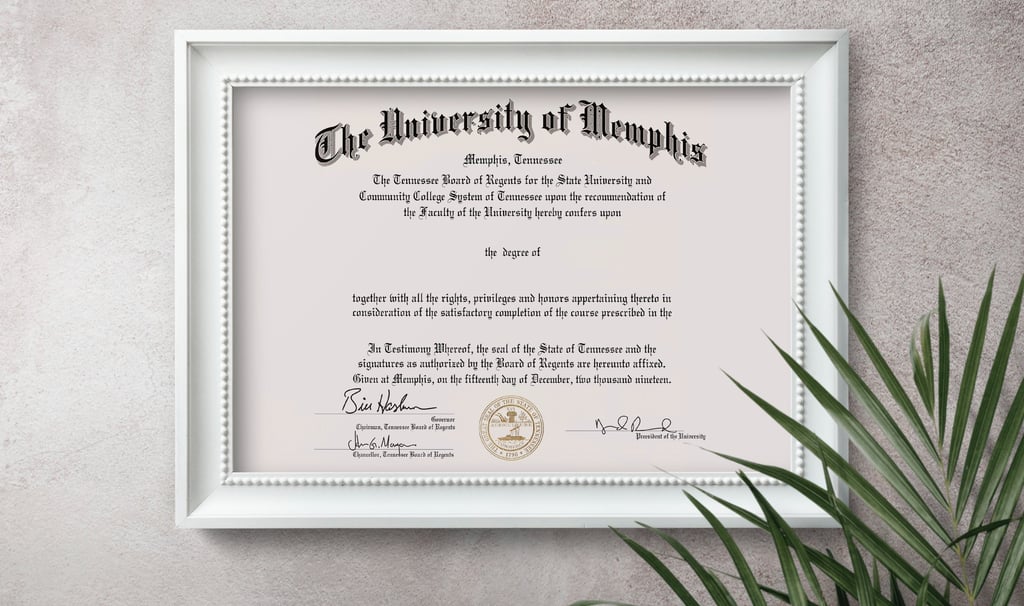How to spot a fake diploma
To spot a fake diploma, scrutinize its details and quality. Look for inconsistencies in font, spelling, and signature authenticity. Real diplomas have specific paper quality and security features like watermarks or seals. Verify the institution’s legitimacy and the diploma's accreditation. These steps help maintain academic integrity and value genuine achievements.


Scrutinizing the Details
The devil is in the details when it comes to identifying a fake diploma. Fraudulent diplomas often fall short in replicating the high-quality printing and material used by legitimate institutions. Key indicators include subpar paper quality, inaccuracies in the positioning of text, absence of official watermarks, and incorrect or nonexistent raised seals. Moreover, the signatures of university officials, which should be penned in ink, might be printed, and the color consistency of any ink used can be noticeably off. Typos or spelling errors, especially in critical terms like "Bachelor" or "student," are glaring red flags.
Analyzing the Design
Fake diplomas frequently betray themselves through their design. Many counterfeiters opt for an overly ornate or outdated aesthetic, mistakenly believing it conveys authenticity and prestige. Authentic diplomas from reputable institutions, however, tend to have a more subdued and modern design. Excessive use of calligraphy or anachronistic elements like gothic fonts can be a telltale sign of a forgery. Additionally, the language used on fake diplomas can be overly elaborate or incorrect, with misplaced Latin terms or awkward phrasing that would not appear on a genuine document.
Verifying the Credentials
The most effective safeguard against fake diplomas is thorough verification. This involves checking the diploma against the issuing institution's official records or digital databases. Many universities now employ security features such as specialized seals, holograms, and crests to combat forgery. Comparing these features with those listed on the institution's website can reveal discrepancies. Additionally, be wary of diplomas that include unlikely details, such as improbable addresses or postal codes linked to non-academic facilities. Utilizing resources like Hedd's University database in the UK can help verify the legitimacy of the institution and the diploma in question.
The fight against fake diplomas requires vigilance and a keen eye for detail. By paying close attention to the quality of the printing and paper, the design and language used, and by conducting thorough verification, one can distinguish between legitimate academic achievements and fraudulent claims. As the value of genuine education and hard-earned credentials cannot be overstated, it's essential to uphold these standards and ensure that meritocracy prevails in academic and professional settings.
